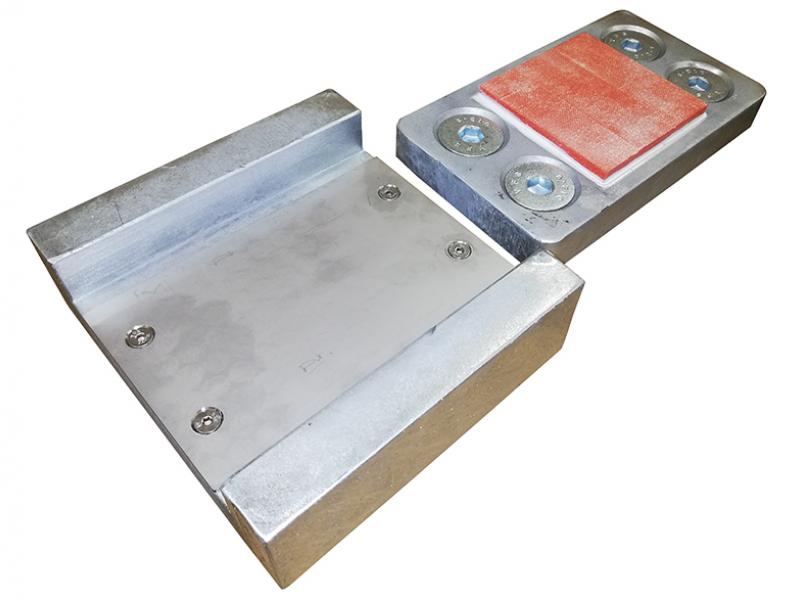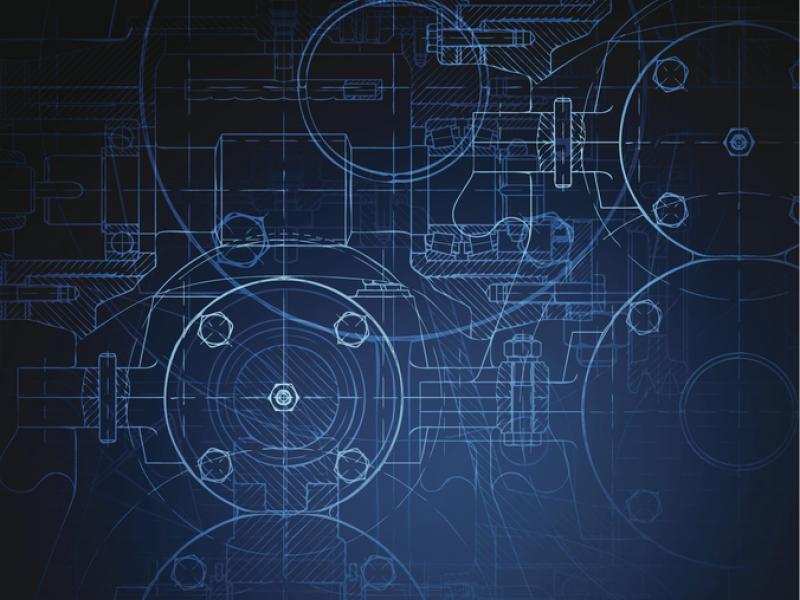In New Zealand, we are blessed with access to fresh water. In fact, each year per person, we have access to approximately 145 million litres; six times as much as Australians, 16 times as much as the US, and 70 times as much as China or the UK1.
Yet despite our abundant supply as a nation, we still face water management issues. Land use and population growth have placed increasing pressure on waterways. This is especially evident with farming, because agricultural land surrounds 46 percent of New Zealand’s rivers. Agriculture is the largest segment of the water utilities industry in New Zealand, accounting for more than 70 percent of the industry’s total value.
Population growth has also increased pressure on urban sewerage, water treatment plants and aging piped distribution networks. There is also an ever-increasing level of pollutants from domestic and commercial roofs and roads run-off entering our rivers and streams. Overall, we need to manage our water carefully because in some places we are already approaching or exceeding limits to the amount of water we can sustainably use, and in some catchments, especially those with intensive land use, water quality is declining.
These factors are influenced by the structure of water and waste water management across the country. This is primarily due to our nation’s regulatory framework, which prior to November 2010 the Local Government Act (2002) stipulated that a council could not enter into a joint arrangement with an organisation for the purpose of providing water services for a term longer than 15 years; a period too short for investment in long-term infrastructure assets.
Investment can be limited in some areas, as there is minimal private sector involvement aside from asset construction and maintenance. This means, despite local government having a strong understanding of the requirements of an area, they do not always have the funds to support execution.
Even though the Act has recently been amended to a limit of 35 years, current water allocation regulatory frameworks still struggle to provide incentives for long term investors in infrastructure. As a result, consultancy body Deloitte has forecasted New Zealand will face financial problems in relation to water management. According to the company, Long-Term Council Community Plans (LTCCP) completed, have identified a deficit of US$20.5 billion in long-term water infrastructure spending over the next 10 years - US$8.5 billion of capital expenditure2.
New Zealand would strongly benefit from a coordinated national framework or national ministry responsible for water and water provisions. Currently, there are 68 local government body water standards. As there is not one lead agency for water, standards covering a range of performance dimensions have been developed, each with their own unique focus. This means there is a real opportunity to improve efficiency and drive out cost by collaboration across the NZ Water segment.
Performance improvements can save millions in energy costs and untold litres of water through measures like:
- Pump efficiency and drift detection.
- Cogeneration.
- Dynamic pump station optimization.
- Technology process improvements.
- Advanced metering infrastructure.
- Leakage detection.
However, these items require initial investment and constant maintenance. Nationally, as much as one quarter of assets in the water, wastewater and stormwater sectors are more than 50 years old3.
Financial and regulatory investment in a national water management structure would reap benefits in the long term. Water and wastewater utility upgrades yield more energy — and water — savings than any other single investment.
In fact, well-maintained water and wastewater infrastructure is critical to a utility’s ability to properly and efficiently manage water use, water quality, and water resources. But the active maintenance of infrastructure requires significant capital investment.
National funding and water management will result in much needed improvements, including:
- More collaboration – Through the shared resources and IP of key stakeholders at local and national government, system integrators and water engineers.
- Better use of analytics – Building a national analytics system, which is customised specifically for the current environment provides complete flexibility on how to design and deploy the servers, software and tools to deliver the analytics.
- Use of software as a service – Cloud-based software as a service (SaaS) is a cost-effective way to customise a solution. With this type of system, data is automatically pulled from water systems and analysed in a virtual cloud environment. The downside is that SaaS solutions require resources to manage, interpret, analyse and act on the data. Another option is Managed software as a service (MSaaS) which combines the SaaS analytics solution with the oversight of remote engineering experts. With the best of both worlds, MSaaS enables you to prioritise based on financial and performance goals at the same time so that the team can focus on what’s important to businesses and consumers.
- Greater integration – By effectively integrating big data with technology solutions, the water industry can optimise all aspects of its systems. Not only does the use of data help organisations understand their customers but it can also help optimise efficiencies, improve longevity of assets and predict future trends.
- New technologies – Embracing new technologies, like Low Powered Wide Area Networks IoT, will enable SMART Devices to communicate directly with SCADA Systems through the internet, drastically reducing time to deploy and enable very low capital investment to entry. This will drive information based decision making at all levels in an organisation.
- SMART asset management – Transparent data flow from SCADA, GIS and other software systems, such as modelling data into SMART asset management systems. This will enable predictive preventive maintenance to occur, the systematic inspection and detection of potential failures before they occur, help protect people and equipment, maximise equipment’s uptime and enhance energy efficiency.
- Automation for Agriculture – Leveraging the learnings of industrial SCADA and Automation, then taking this on farm is make NZ farming one of the most advanced in the world. Automation of irrigation and pumping systems with Cloud Based SCADA, together with the integration of predictive Weather forecasting systems combined with real time soil moister and evapotranspiration is making huge gains in water efficiency. The use of Variable Rate Irrigation and the use of GPS location tracking and monitoring for proof of placement with the application of nutrients to land has already made significate advancement in reducing risk of farm run off.
As a nation, we have a huge opportunity to invest in the future of our water through people, processes and technology. With the challenge of a growing population and aging water infrastructure, it’s more important now, than ever, that we work together to ensure adequate access to fresh water for the economic growth of our industries and the well-being of our citizens.
By Richard Coulter,
Water & Waste Water Sector Manager at Schneider Electric.






